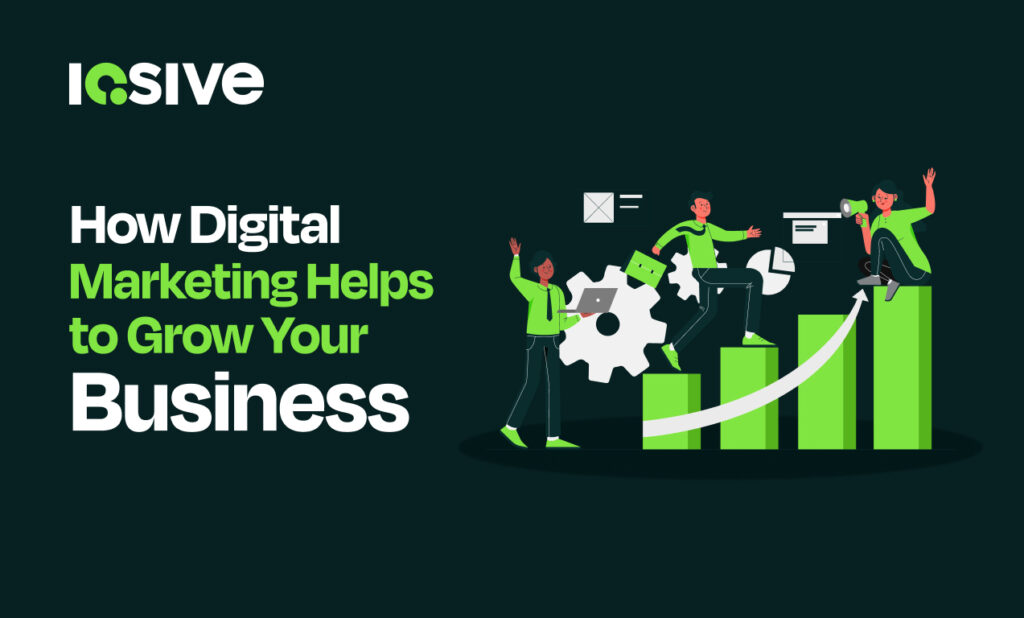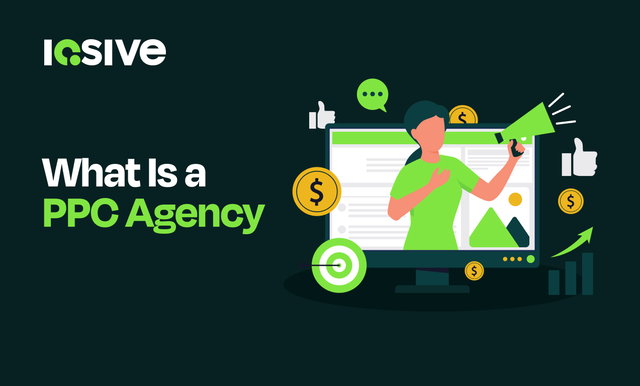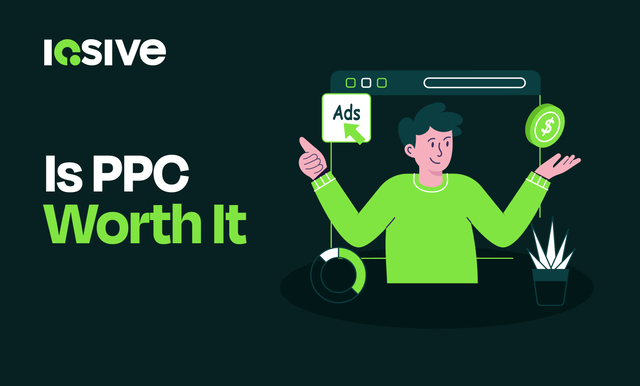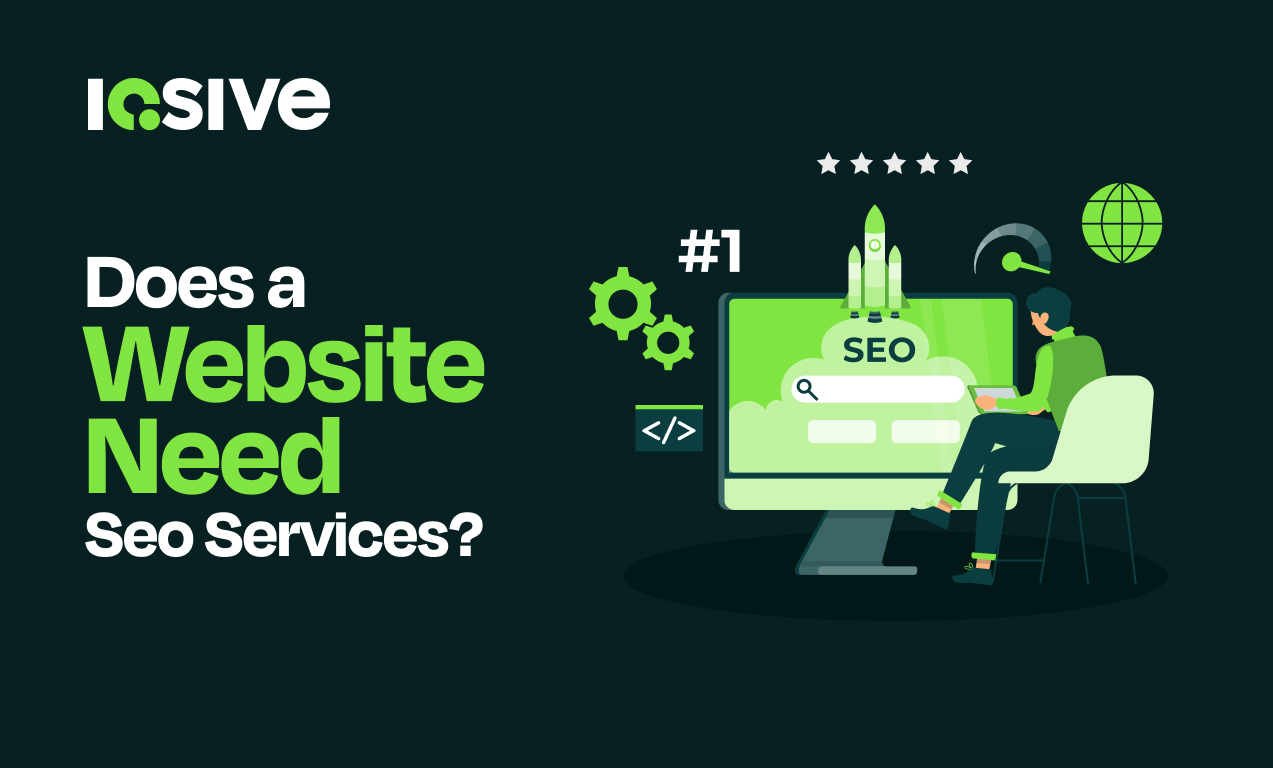In today’s digitally connected world, consumers spend more time online than ever before. Whether researching products, reading reviews, or interacting with brands on social media, the internet is the hub of modern consumer behavior. Digital marketing has evolved to meet these changing habits. It empowers businesses to reach, engage, and convert audiences in more targeted and cost-effective ways than traditional advertising ever could. This guide explores how digital marketing fuels business growth, providing actionable insights and practical strategies for businesses of all sizes.
Understanding Digital Marketing in the Modern Age
Definition and Scope of Digital Marketing
Digital marketing refers to the use of online platforms, technologies, and strategies to promote products or services. It includes a wide array of channels such as websites, search engines, social media, email, and mobile apps that connect with audiences in real time. Its scope includes everything from SEO and content creation to analytics, automation, and personalization. Unlike traditional marketing, it enables two-way communication, allowing brands to build relationships rather than just broadcast messages.
Traditional vs. Digital Marketing: A Comparative Overview
Traditional marketing includes methods like TV, radio, print ads, and billboards. These methods can still be effective, but they are often expensive and lack precise targeting and performance tracking. In contrast, digital marketing allows businesses to target specific demographics, monitor user behavior, and adjust campaigns as needed. For example, Google Ads can target users searching for specific keywords, while Facebook Ads can segment by age, interests, or location. The result is higher efficiency and a better return on investment.
Key Digital Marketing Channels That Drive Business Growth
Search Engine Optimization (SEO)
SEO helps businesses appear in search engine results when potential customers are actively looking for information, products, or services. A well-executed SEO strategy improves website visibility, organic traffic, and credibility. This includes on-page SEO such as content optimization and keyword usage, technical SEO such as site speed and mobile responsiveness, and off-page SEO such as link-building and digital PR.
Pay-Per-Click Advertising (PPC)
PPC platforms like Google Ads and Bing Ads allow advertisers to bid on keywords and only pay when someone clicks. This model enables instant visibility and traffic, especially for competitive keywords or new businesses. PPC works well in combination with SEO and can be optimized for conversions by targeting audiences at different stages of the buyer’s journey.
Social Media Marketing (SMM)
Social media platforms such as Instagram, Facebook, LinkedIn, and TikTok are powerful tools for brand building, customer engagement, and community growth. Organic content builds trust and loyalty, while paid ads allow for precise targeting. Businesses can create campaigns around product launches, promotions, and customer stories to humanize their brand and increase reach.
Email Marketing
Despite the rise of chat apps and social media, email remains one of the most effective digital marketing tools. It offers direct access to your audience and delivers excellent return on investment. Email marketing can nurture leads, promote new products, send personalized offers, and encourage repeat purchases through automation and segmentation.
Content Marketing
Content marketing focuses on delivering valuable, relevant, and consistent content to attract and retain an audience. Blog posts, ebooks, videos, and infographics can educate prospects, address pain points, and build brand authority. When optimized for SEO, content not only drives traffic but also establishes trust and helps convert leads.
Affiliate and Influencer Marketing
Affiliate marketing involves partnering with individuals or websites that promote your products for a commission. Influencer marketing uses personalities with loyal followings to build brand awareness and trust. Both models are performance-based and can scale with budget and demand.
Core Benefits of Digital Marketing for Businesses
Increased Brand Visibility and Awareness
Digital marketing places your brand where your audience already spends time—on search engines, social platforms, and content hubs. This visibility builds familiarity, and familiarity builds trust, making customers more likely to choose your brand when making purchasing decisions.
Targeted Audience Reach and Personalization
Digital strategies can precisely target user groups based on behavior, demographics, interests, and location. Personalization, such as product recommendations or dynamic email content, significantly improves engagement and conversion rates.
Real-Time Analytics and Performance Tracking
Tools like Google Analytics, HubSpot, and Meta Ads Manager allow marketers to monitor performance in real time. This data enables rapid optimization and helps businesses shift budget to what’s working while eliminating underperforming tactics.
Improved Conversion Rates and ROI
Since digital marketing can be tested and optimized continuously, it tends to offer a higher return on investment than traditional methods. Clear calls-to-action, landing page optimization, and retargeting strategies help move prospects through the sales funnel more effectively.
Scalability and Flexibility Across Budgets
Whether you’re a solo entrepreneur or a large enterprise, digital marketing can be scaled to match your resources. Even small budgets can generate meaningful results through organic channels or highly targeted paid campaigns.
How Small and Medium Businesses Can Leverage Digital Marketing
Budget-Friendly Strategies That Work
Small and medium-sized businesses can achieve strong results through strategic efforts such as local SEO, organic social media posting, email automation, and blogging. Even limited ad spend can yield returns if targeted correctly. Free tools like Google Business Profile and Mailchimp provide powerful features at little to no cost.
Local SEO and Google Business Optimization
For location-based businesses, optimizing for local search is critical. This includes claiming and verifying your Google Business Profile, earning positive reviews, and ensuring consistent local citations. Appearing in Google’s Map Pack can dramatically increase foot traffic and calls.
Building a Strong Online Presence with Content
A regularly updated blog, helpful how-to videos, customer success stories, and FAQs can all boost credibility and visibility. Valuable content not only drives traffic but also supports SEO and helps position your brand as a trusted expert.
Case Studies: Real-World Examples of Digital Growth
E-commerce Business Expansion via SEO and Ads
An online fashion retailer implemented a dual SEO and Google Shopping strategy. After optimizing product descriptions and launching smart shopping campaigns, they saw a 72 percent increase in organic traffic and a 54 percent rise in conversions within six months.
Local Service-Based Business Success with Social Media
A small landscaping company used Instagram and Facebook to share project transformations and client testimonials. Paired with targeted location-based ads, the campaign increased booking inquiries by 40 percent and doubled their follower count in just three months.
Common Mistakes to Avoid in Digital Marketing
Ignoring Mobile Optimization
Over 60 percent of web traffic comes from mobile devices. A website that isn’t mobile-responsive risks losing potential customers. Pages must load quickly, display properly, and provide seamless navigation on smartphones and tablets.
Inconsistent Brand Messaging
Your brand voice should be consistent across all digital platforms. Disjointed messaging confuses users and weakens trust. Make sure your values, visuals, tone, and promises align across your website, email, and social media.
Failing to Analyze Data and Metrics
Without measurement, improvement is impossible. Many businesses run campaigns without tracking conversions, bounce rates, or engagement. Reviewing performance data regularly allows for smarter decisions and better long-term results.
Getting Started with a Digital Marketing Strategy
Setting Clear Business Goals
Every strategy should begin with specific, measurable objectives—such as increasing leads, growing your email list, or reducing cart abandonment. Clear goals guide your decisions and allow for performance tracking.
Choosing the Right Mix of Channels
Not every business needs to be on every platform. B2B brands might prioritize LinkedIn and email, while B2C brands might focus on Instagram or influencer collaborations. Choose platforms based on where your audience spends time and how they consume content.
Measuring Success and Adapting Strategies
Define key performance indicators early and review them regularly. Metrics like conversion rates, click-through rates, and customer acquisition cost reveal what’s working and where to make adjustments. Stay agile and test new tactics based on data.
FAQs:
Q1: What are the top digital marketing strategies for startups?
Startups should focus on SEO, content marketing, and email nurturing for cost-effectiveness. Paid ads can supplement these efforts for faster traction.
Q2: How does SEO contribute to business growth?
SEO increases visibility in search engines, drives organic traffic, and builds authority. It attracts users who are actively searching for what you offer.
Q3: Can social media really increase my sales?
Yes, Social platforms help build relationships, grow brand awareness, and deliver targeted promotions that drive traffic and conversions.
Q4: Is digital marketing more cost-effective than traditional marketing?
Generally, yes. Digital campaigns allow better targeting, real-time tracking, and measurable results all at a lower cost compared to traditional ads.
Q5: How long does it take to see results from digital marketing?
PPC can show results immediately. SEO and content marketing usually take three to six months, depending on your niche and competition.
Q6: What role does content play in digital marketing success?
Content builds trust, drives organic traffic, supports SEO, and helps educate and convert potential customers. It’s foundational to any strategy.
Q7: Why is data analysis important in digital campaigns?
It shows what’s working and what’s not. Data helps you refine your strategy, improve performance, and allocate resources more effectively.
Q8: How can local businesses benefit from digital marketing?
They can use local SEO, Google Business optimization, and location-based ads to increase visibility, attract nearby customers, and boost calls or visits.
Q9: What’s the best digital marketing platform for small businesses?
Google Business Profile, Facebook, Instagram, and email marketing tools like Mailchimp are effective starting points for most small businesses.
Q10: How often should I update my digital marketing strategy?
Review your strategy at least quarterly, or sooner if there are significant changes in your business goals, market trends, or platform algorithms.












